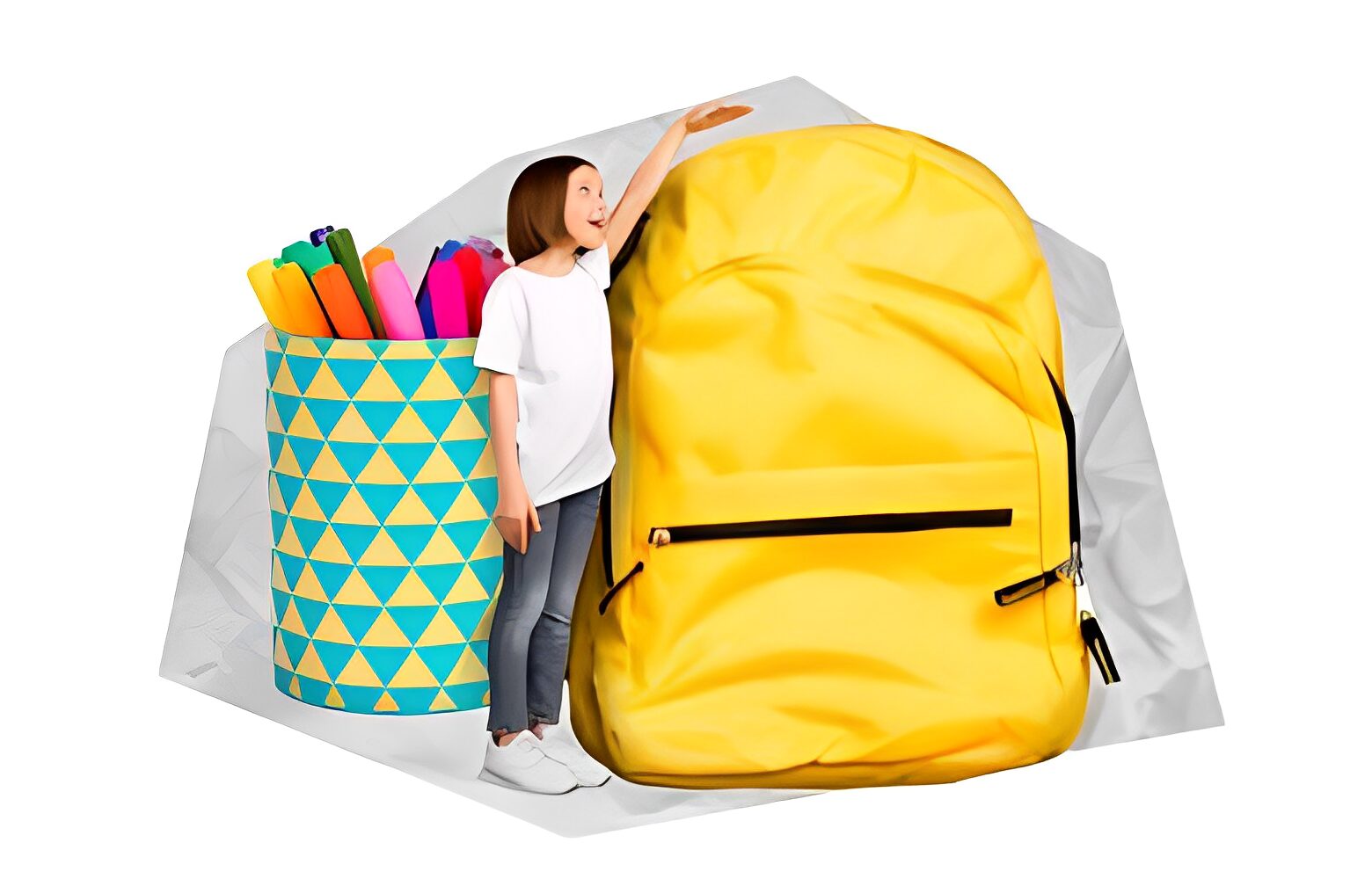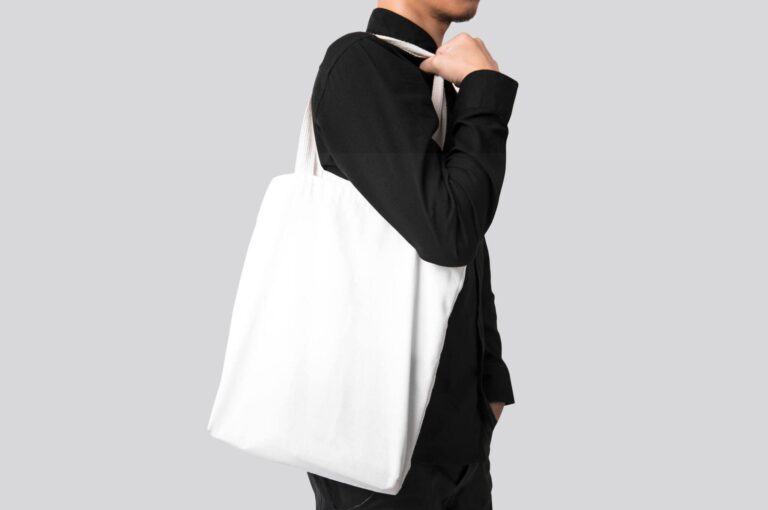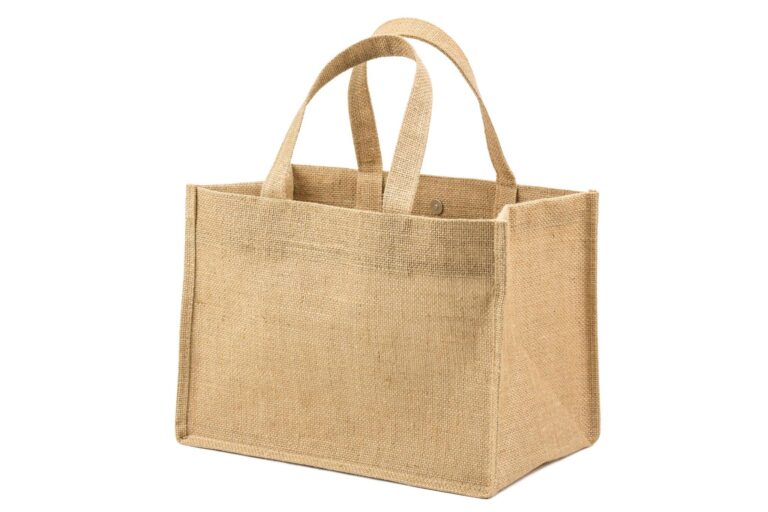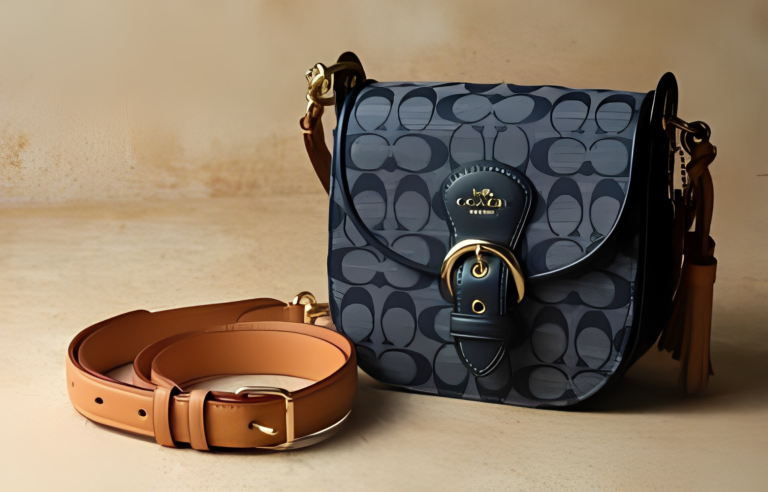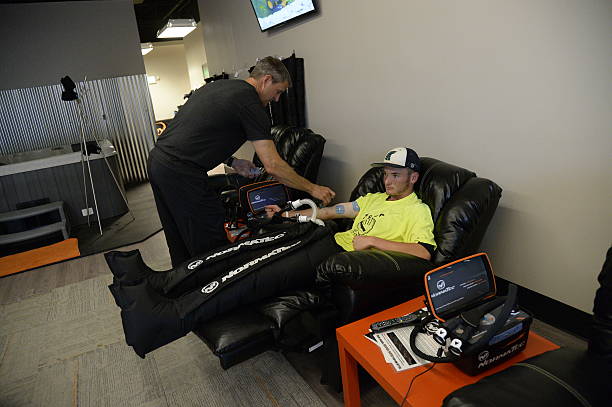How to Measure a Bag
When it comes to purchasing a new bag, whether it’s a handbag, backpack, or tote, one of the most crucial factors to consider is its size and dimensions. Knowing how to measure a bag accurately will help you determine if it’s the right fit for your needs and ensure that it meets your requirements in terms of capacity and functionality.
In this comprehensive guide, we will walk you through the step-by-step process of measuring a bag correctly. We’ll cover the essential terminologies related to bag measurements and provide detailed instructions on how to measure the length, height, and width of a bag. Additionally, we’ll explore how to determine the “fit” of a shoulder bag or crossbody bag, considering factors such as handle drop and strap length.
So, if you’re ready to become a pro at measuring bags, let’s dive in!
Terminologies of Bag Measurements
Before we delve into the actual measuring process, let’s familiarize ourselves with the common terminologies associated with bag measurements. Understanding these terms will help you interpret dimensions accurately and make informed purchasing decisions.
Length (L)
The length of a bag refers to the measurement taken from the inside base of the bag. To determine the length, measure along the base, drawing the measuring tape from left to right, from corner to corner. The length is calculated by measuring the base at its longest points.
Height (H)
The height of a bag is measured in the middle of the purse. You’ll measure from the inside hem of the bag to the bottom hem. It’s important to note that the handles or straps should not be included in this measurement. The width is calculated by measuring the distance between the two longest sides at the base.
Width (W)
The width of a bag is measured from the side of the handbag. You’ll measure this from the handbag base, drawing the measuring tape from the back to the front of the handbag, alongside the base.
Handle Drop
Handle drop is the distance from the handle strap tip to the top edge of the bag. This measurement helps determine if the top handle is suitable for carrying over your lower arm or wrist. For shoulder and crossbody bags, the drop is the distance from the fully hung strap tip to the top edge. Understanding the handle drop assists in gauging how the bag will position when worn over the shoulder or across the torso.
Now that we have a solid understanding of the terminologies, let’s move on to the step-by-step process of measuring a bag.
Read More: How to Pack a Tote Bag for Travel
Step 1: Gather the Necessary Tools
Before you start measuring your bag, make sure you have the following tools on hand:
- Measuring tape: Opt for a flexible measuring tape, preferably one with both metric and imperial measurements.
- Pen and paper: You’ll need these to jot down the measurements and keep track of the dimensions.

Step 2: Measuring the Length of a Bag
To measure the length of a bag accurately, follow these steps:
- Clear the bag: Empty the bag completely, ensuring there are no items obstructing the measurement process.
- Position the bag: Place the bag on a flat surface, making sure it rests in its natural shape.
- Identify the base: Locate the base of the bag, which is the bottom surface that provides stability.
- Measure the base length: Using the measuring tape, measure the length of the base from the left corner to the right corner. Make sure to measure along the base, following its contours accurately.
- Record the measurement: Write down the measurement you obtained for the length of the bag.
Step 3: Measuring the Height of a Bag
To measure the height of a bag accurately, follow these steps:
- Position the bag: Place the bag upright on a flat surface, ensuring it stands straight without any slant.
- Identify the bottom hem: Locate the bottom hem of the bag, which is the lowest part of the bag when it’s in an upright position.
- Measure from the bottom hem to the top hem: Using the measuring tape, measure from the bottom hem to the top hem of the bag, excluding any handles or straps.
- Record the measurement: Note down the measurement you obtained for the height of the bag.
Step 4: Measuring the Width of a Bag
To measure the width of a bag accurately, follow these steps:
- Position the bag: Lay the bag on its side on a flat surface, ensuring it lies flat without any twists.
- Identify the side of the bag: Determine which side of the bag you’ll be measuring as the width.
- Measure from the back to the front: Using the measuring tape, measure the width of the bag from the back to the front, along the side you identified.
- Record the measurement: Write down the measurement you obtained for the width of the bag.
Read More: How Much is the Hermès 24/24 Bag
Step 5: Determining the “Fit” of a Shoulder Bag
When it comes to shoulder bags, it’s important to consider the “fit” or how the bag will sit on your body when worn over the shoulder. Follow these steps to determine the “fit” of a shoulder bag:
- Verify the drop length: Check the product description or consult with the manufacturer to determine the drop length of the shoulder bag. The drop length is the distance from the fully hung strap tip to the top edge of the bag.
- Measure the drop length: Using a sartorial measuring tape, strap, or ribbon, measure from your shoulder blade, near the clavicle, down towards your waist. Measure to the drop length indicated for the bag you’re considering.
- Assess the bag’s position: The end of the tape/strap/ribbon should indicate the approximate position of the top edge of the handbag. Compare this position with your desired drop length and the bag drop shown on the product page.
- Consider adjustability: Some shoulder bags come with adjustable straps that allow you to modify the drop length according to your preference. Take note of this feature when making your purchasing decision.
Step 6: Determining the “Fit” of a Crossbody Bag
For crossbody bags, the “fit” refers to how the bag will sit on your torso when worn across the body. Follow these steps to determine the “fit” of a crossbody bag:
- Verify the drop length: Check the product description or consult with the manufacturer to determine the drop length of the crossbody bag. The drop length is the distance from the fully hung strap tip to the top edge of the bag.
- Measure the drop length: Using a sartorial measuring tape, strap, or ribbon, measure diagonally across your torso, from your shoulder blade to your hip. Maintain an equal distance from the front and back of your body. Measure to the drop length indicated for the bag you’re considering.
- Assess the bag’s position: The end of the tape/strap/ribbon should indicate the approximate position of the top edge of the handbag. Compare this position with your desired drop length and the bag drop shown on the product page.
- Consider adjustability: Look for crossbody bags with adjustable straps that allow you to modify the drop length for optimal comfort.
Conclusion
Measuring a bag accurately is essential when making a purchasing decision. By following the step-by-step process outlined in this guide, you’ll be able to determine the length, height, and width of a bag with ease. Additionally, understanding the “fit” of shoulder bags and crossbody bags will help you choose a bag that suits your style and functional needs.
Remember, measuring a bag correctly ensures that it will accommodate your belongings and provide the desired comfort when worn. So, the next time you’re shopping for a new bag, don’t forget to whip out your measuring tape and take accurate measurements before making your final decision.
If you have any additional questions or need further assistance, feel free to reach out to the retailer or manufacturer for guidance. Happy bag shopping!

